Last Updated on June 20, 2024 by Michelle
Yes, the pros have a lot of gardening tips and tricks for backyard gardeners like us. Because innovative growing techniques aren’t just for commercial growers, guys. These techniques can be tweaked and used right in your own garden. Whether you’re looking to increase your food production or minimize the long hours you spend working up a sweat in the garden, these practices are definitely worth exploring, even here on my little New England homestead.
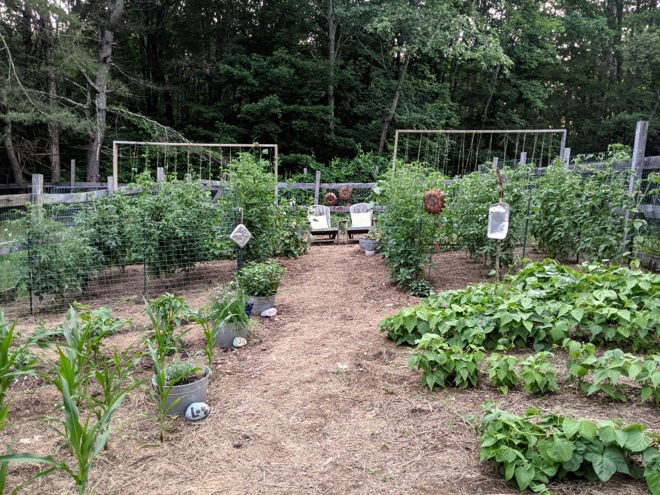
This post contains affiliate links & I may receive commissions for purchases made through links in this post.
Go here to read the full disclosure about that if you love fascinating legal language. 🙂
8 Gardening Tips and Tricks Inspired by the Pros
Here in my garden on our New England homestead I pretty much rely on sweat labor and lots of organic pest control. This is my favorite organic bug spray that uses ingredients you have in your kitchen right now.
But I love being inspired by tips and tricks I learn by watching the pros. The commercial growers use technology, like hydroponics, vertical farming, and artificial intelligence, to maximize their growing potential. This might include minimizing labor, improving sustainability, reducing resource inputs, or growing food even when there’s no suitable farmland available.
And guess what? We can all learn something from the way the big guys do this thing called “gardening.” We can adapt and scale down some of these brilliant ideas to maximize our own growing efforts in our home gardens… Here are just 8 tips & tricks from professional gardeners and farmers that have inspired me. Please comment below and share the techniques that have inspired you!
(Thanks, btw, to Nicole McCray for her help, behind the scenes, pulling this article together. Sneak a peek at Nicole’s writing portfolio here.)
1. Think Vertical Farming, Indoors
Indoor vertical farming can be useful to the home gardener in a number of ways. It allows you to grow food even when you don’t have room for an outdoor garden, grow food more quickly, grow food year-round, and grow more in a small space. It also allows you to grow food with less water and fewer pests. This vertical garden is ingenious.
In an indoor vertical farming system, the plants are grown in towers or on shelves that are stacked from floor to ceiling to maximize space. The home gardener could use grow lights in a basement, garage, spare room, or even a large closet for this type of setup. I loved my seeding set up this year, the first year I ever had anything beyond the bathroom counter, shelves, and window ledges (yep, I’ve been gardening my whole life without a seedling set up guys, it can be done.)
My simple shelving unit (this is it, right here) transformed an extra bedroom into lots of growing space.
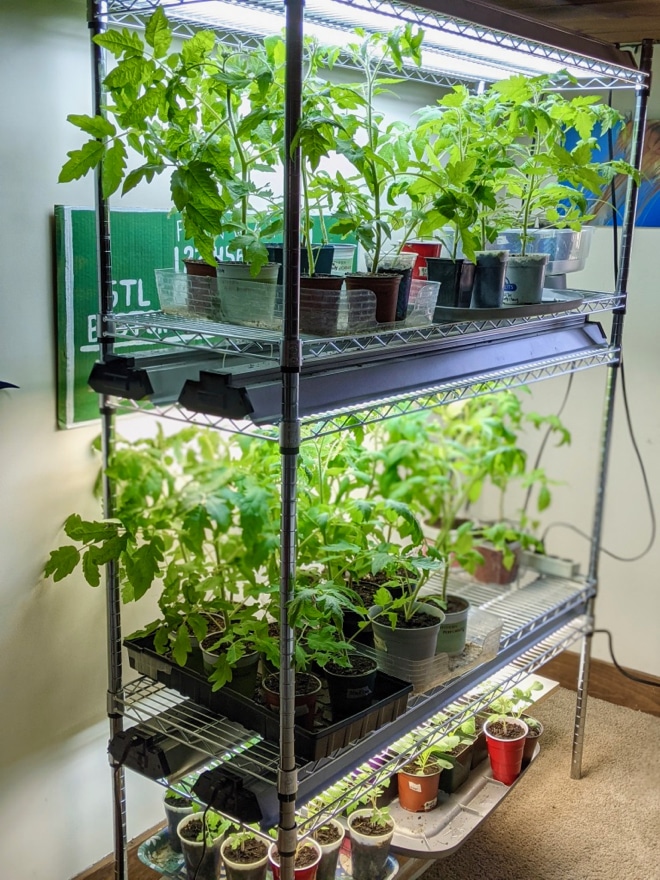
2. Continue Your Vertical Gardening, Outdoors
Of course outdoor gardens can also maximize the space with vertical gardening and lots of trellises. Our plain-jane trellis that Bill and Kayla put together with some 2x4s, metal posts, and i-hooks is the perfect system for me to string twine from to hold our climbing beans and tall-climbing peas this year. So I will harvest a whole lot of food in this narrow little section of the garden.
Next year I plan to add a few of these vertical gardens along the fence as a perfect spot to grow more food… probably strawberries. Mmmmm.
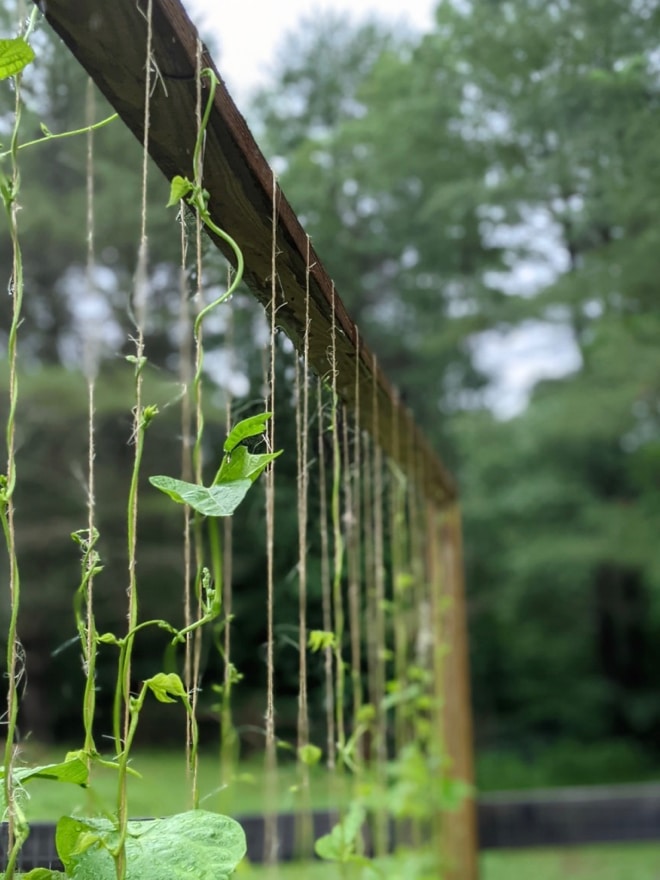
3. Turn on the Automation in Your Gardens
The big growers often use artificial intelligence in agriculture, which is just a fancy term for the fact that they automate things. Automation allows commercial growers to create the perfect growing conditions for their plants so they grow faster, produce more, and stay healthier.
In your home garden, you can utilize grow lights on timers, hydroponics, fans, misting systems, and climate control to create the same effects. Check out all of these amazing irrigation options. Or just start by automating your watering with this solar timer for your hose.
4. Heck, Turn on the Automation in Other Ways too
Smart farming, or farming automation, simply means using modern technology to improve production and efficiency on commercial farms. While you’re probably not going to be using self-driving tractors or drones in your home garden (although my SILs may someday hook me up with some garden drones, right Ayden and Alex?), there are lots of tasks you can automate on a smaller scale.
You can start by “automating” your seasonal activities… make a personalized list of what needs to be done each season and stick to it. You’ll save yourself so much time and heartache in the long run.
Start right here, with the Ultimate Checklist.
You can also take advantage of modern gadgets to minimize your labor input and improve your garden production. For example, adding an automatic irrigation system on a timer to your hose like this solar-powered one allows you to water and fertilize your crops while you’re sleeping, on vacation, or working on other tasks.
If you’re a homesteader with livestock, don’t forget about automatic feeders, waterers, and coop doors to save you time when it comes to caring for your critters. I can’t imagine not having an automatic water system for the chickens and the automatic feeder for the pigs. These kinds of things save so much time and energy, plus they mean that the animals are rarely without food and water, even on the days I’m slacking.
Read more about what I grow in my garden for the chickens, and about processing pigs at home.
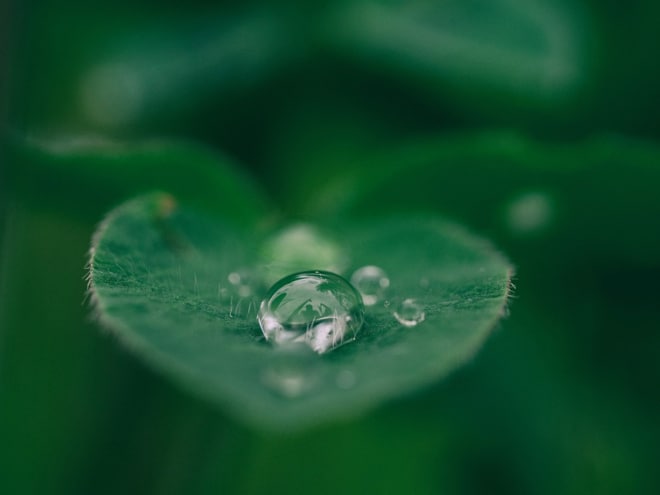
5. Add Some Hydroponics
Most vertical farms utilize hydroponics, but it can also be used outdoors, or in a greenhouse as well. Hydroponics is really gaining popularity these days. It’s definitely less labor-intensive, and, bonus, once you invest in your initial setup, it’s said to save you money.
In a hydroponics system, the water and nutrients are reused over and over again. There’s very little evaporation and no risk of runoff into the local water supply. All of the water and nutrients are actually used by the plants. With a traditional garden, much of the water and nutrients applied are lost to evaporation and runoff.
With a hydroponics system, you can create ideal growing conditions for your garden. You’re also delivering the water and nutrients directly to the roots of your plants, which is always a good thing for gardeners. This lets your plants invest their energy into growing and producing food. Our ultimate goal, yes?
Do you love gardening and think you want to venture into homesteading on a larger scale? Here are 6 ways to start homesteading now. But first, ask yourself these 12 questions.
6. Do Soil Testing. Often.
If you’re not doing a soil test at the beginning of each growing season, you are really missing out on a good thing. Soil testing can help the home gardener maximize their yields and keep money in their wallet, in the long run. You see, if you skip the soil test, you’re applying amendments blindly, whether you need them or not.
Read all about my soil testing experience. (Wow was I messing up!)
You can check with your local extension office to find a lab that processes soil samples for home gardeners. This will give you the most detailed information. But you can also purchase a home soil testing kit to find out which nutrients you need most and what the pH of your soil is. (Use code SOULYRESTED to save 15%!)
If you’re an urban farmer, I’m told having your soil tested for heavy metal is especially important. Certain metals, like zinc, copper, and iron, aren’t a problem for you or plants. But arsenic, lead, and cadmium are. A soil test will tell you what’s going on with your soil and what you can do to set things right.
7. Introduce Beneficial Insects for Pest Control
The next time you see some caterpillars munching on your cabbage, consider ordering up some parasitic wasps instead of breaking out any chemicals. We all struggle with pests from time to time, but beneficial insects can get them under control quickly with chemicals that can be harmful to you and the environment.
Ladybugs are a popular beneficial insect for home gardeners who struggle with aphids. But there are lots of different options, including green lacewings and praying mantises, depending on what type of pest is causing the damage.
Insects also do the important job of pollination, and they improve soil fertility while attracting even more beneficial insects to your garden who see them as a food source. You can order them in advance and release them when the time is right, as long as their preferred food sources are available to help them survive and do their job.
Added bonus, all garden insects give you lots of great reason to start a Backyard Book with your kids or grandkids. Our family has always treasured what we’ve learned by closely observing the insect world in our own backyard.
And if you want to know more about the best pollinators, I share here some about our beekeeping efforts.
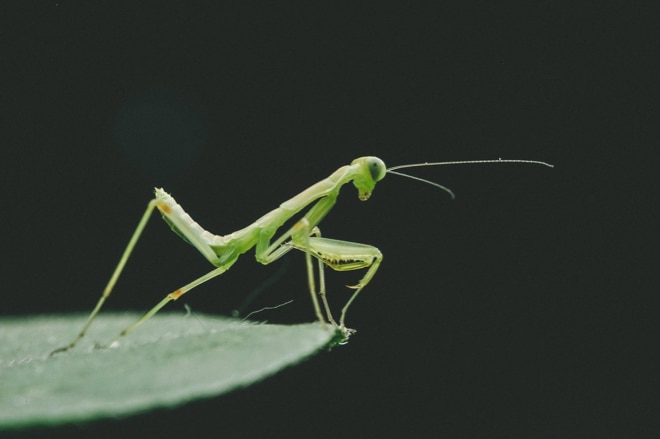
And don’t forget about the other beneficial garden residents that you have around naturally, if you just know how to attract them.
8. Consider Greenhouses and High Tunnels
The pros use greenhouses and high tunnels to give them more control over the growing environment. Of course you can use these same options, on a smaller scale, in your home garden for the same purpose.
Did you know you could start with a greenhouse for only $50? Modern high tunnels and greenhouses can be scaled up or down to suit your space, in fact, you’ll be amazed at the selection you find here, at my absolute favorite source for greenhouses, hoop houses, high and low tunnels, and so much more.
But this one is just a dream for me right now. Someday… and wow will it be great…
Greenhouses and hoop tunnels can extend your growing season by a month or more in late fall and early spring. You’ll find you can start plants earlier, grow some things later, or even grow crops that require a longer growing season than your location normally allows. Something I crave deeply here in my New England gardens.
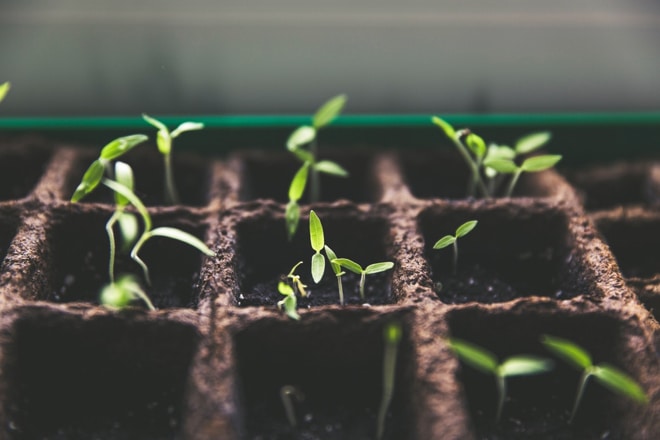
You can also do your spring seed starting right in your greenhouse. You’ll find the best seed starting supplies right here, btw. I, of course, start seeds without a greenhouse, so you can save a ton of money over buying started plants without a greenhouse. But what would life be like to not have garden plants strung out across bathroom counters, deep window ledges, and tables everywhere, all spring?
The Bottom Line When it Comes to Any Gardening Tip Inspired by the Pros
We all get in a rut sometimes, but looking at some of the brilliant techniques that the pros are using can inspire us to switch up our gardening game and maybe even make gardening a little easier and a little more productive. Now that’s a win, yes?
But do I still have seedlings spread out on ledges and tables every where, every spring? Yep.
Find out the story behind my 100-year-old farmhouse table here.
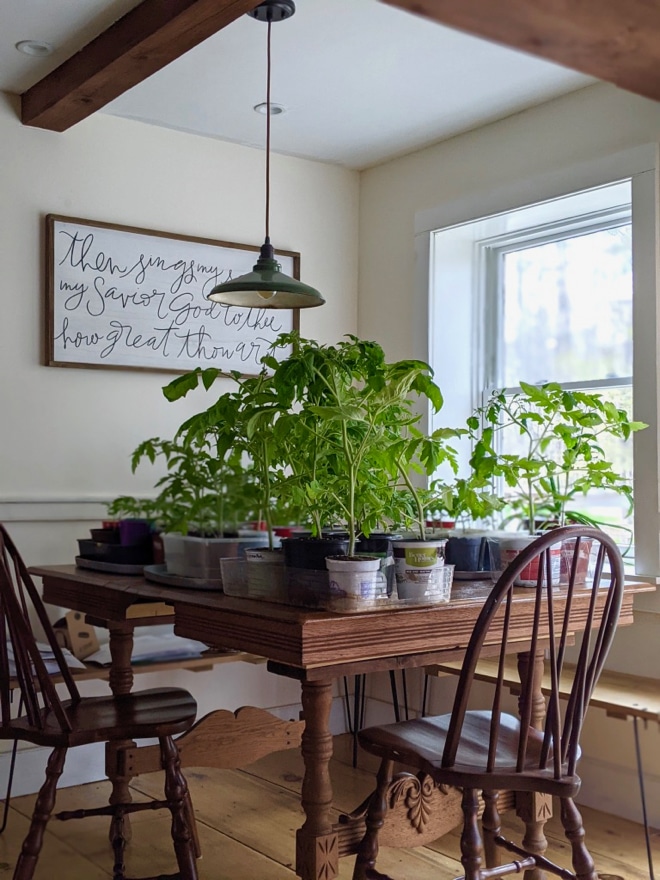
So there you have it… 8 tips & tricks I’ve gleaned by watching professional gardeners and/or farmers.
Now Talk to Me!
If you have any questions, leave a comment below. And please tag me on ig to show me your gardens today (I love garden-spiration!) @souly.rested.
More Gardening Inspiration
Organic Bug Spray for your Garden
How to Make a Garden Trellis For FREE
8 Things Wanna Be Homesteaders Need to Know
The 6 Herbs I Grow For my Chickens (& my family)
A Few Tools that Every Gardener Needs
Find out why SoulyRested is considered to be one of the Top 20 Must-Read Homesteading Blogs … year after year.
I’d love to connect!
To find me in some other neck of the woods, just click any (or every!) icon below:
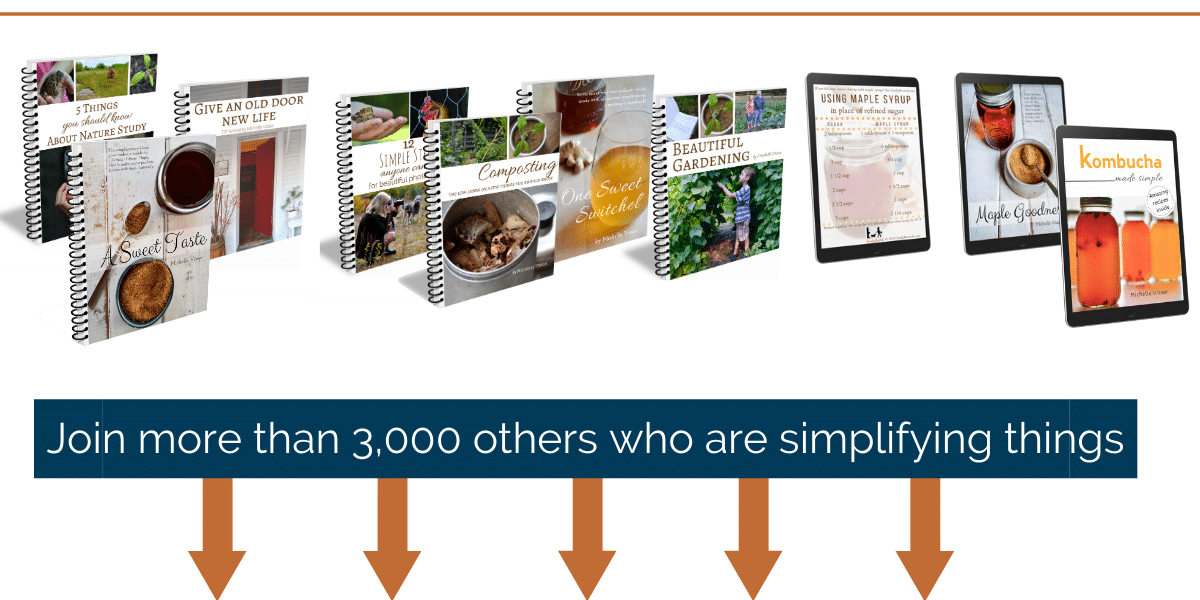


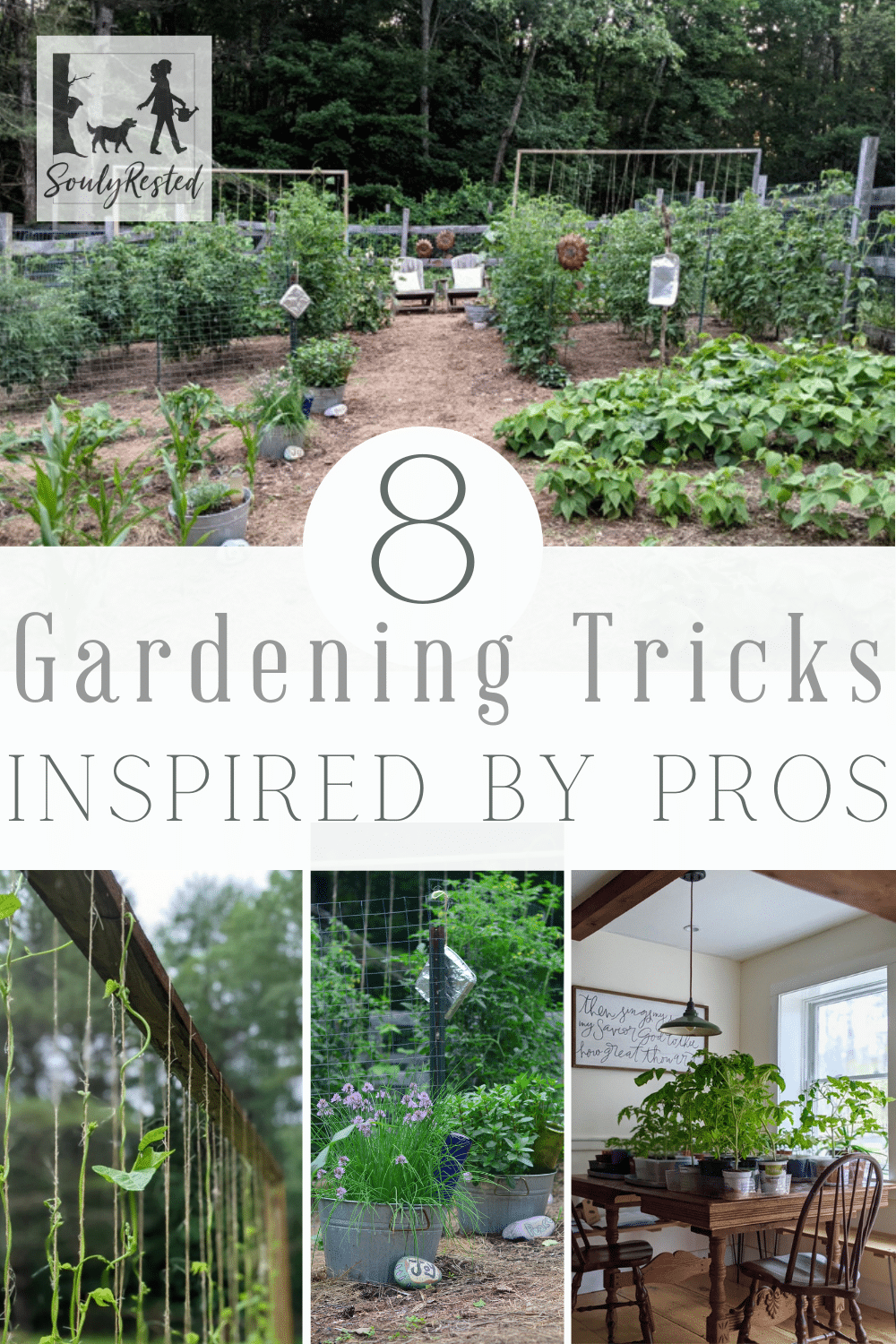





Informative and well-explained content—thanks for sharing!